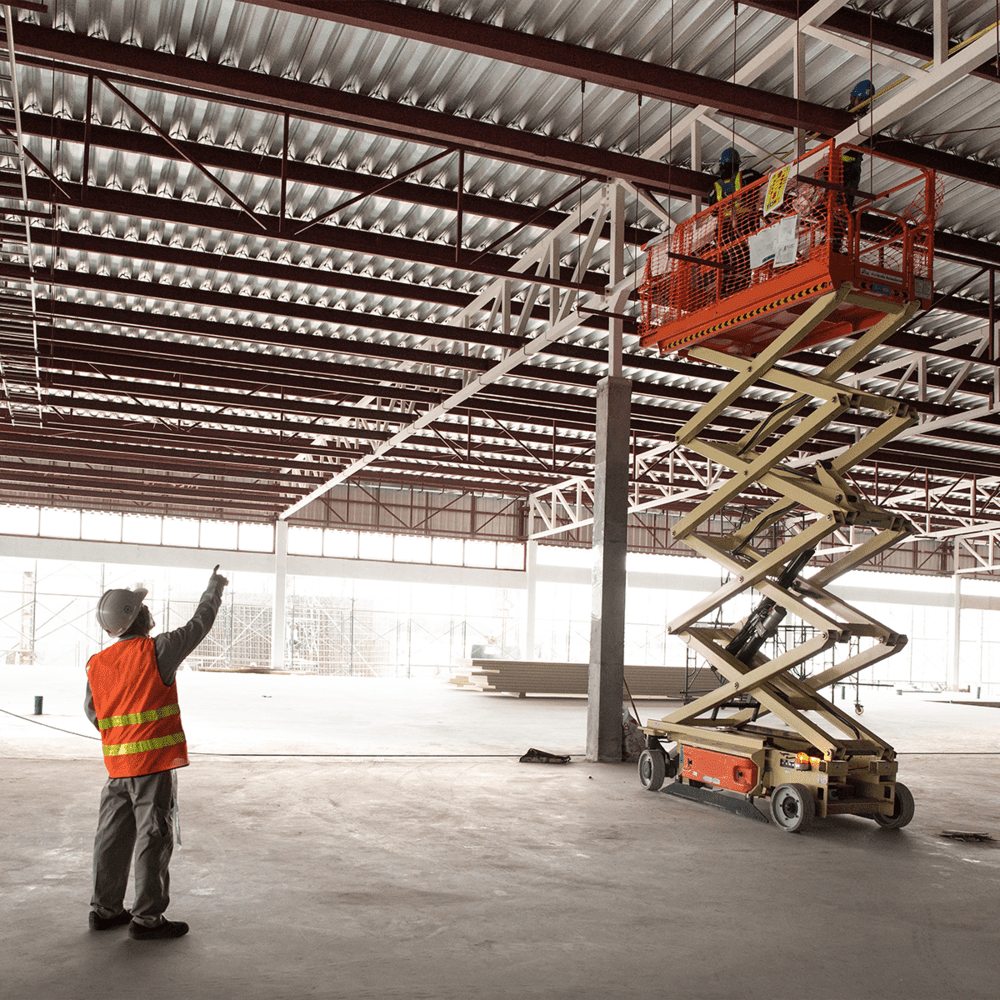Pedestrian and forklift safety remains one of the most critical challenges in industrial environments. From warehouses to construction sites, forklifts and pedestrians frequently operate in close proximity, increasing the potential for accidents. As safety standards evolve, advanced technology has emerged as a key enabler in reducing risks and ensuring safer workspaces. This article explores how technology is transforming safety practices and raising forklift safety awareness in high-risk environments.
The Intersection of Pedestrian and Forklift Safety
Work environments with shared spaces for pedestrians and forklifts are inherently high-risk. Forklifts, while essential for moving heavy loads, have significant limitations, including blind spots, limited maneuverability, and long braking distances. These factors, combined with pedestrian movement, can lead to accidents if not carefully managed.
Pedestrian safety around forklifts involves creating an environment where both operators and on-foot workers can coexist safely. This requires a combination of proper training, adherence to forklift safety standards, and the strategic use of technology to bridge gaps in human awareness and response times.
The Role of Technology in Enhancing Safety
Modern safety solutions integrate technology to address the challenges of pedestrian and forklift safety more effectively. Key innovations include:
- Proximity Detection Systems: Proximity detection systems, like Speedshield’s AiVA Pedestrian Detection System, leverage machine vision and AI to monitor areas around forklifts. These systems detect pedestrians in real time, alerting operators to their presence and significantly reducing the likelihood of collisions. Learn more about AiVA here.
- Wearable Technology: Some systems incorporate wearable devices that interact with forklifts to alert both pedestrians and operators when they are in close proximity. While effective, wearable solutions require consistent adherence from workers to ensure their utility.
- Heavy-Duty Cameras: Heavy-duty rear cameras installed on forklifts improve visibility, particularly in blind spots. These cameras enable operators to make informed decisions when reversing or navigating tight spaces, enhancing overall forklift driving safety.
- Data Analytics and AI: Advanced safety platforms use AI to analyze patterns in pedestrian and forklift interactions. These insights help employers identify high-risk areas and times, enabling targeted interventions and improved workspace design.

Implementing Technology-Driven Solutions
Technology alone cannot create a safe work environment. Its implementation must be accompanied by robust safety protocols and comprehensive training programs. Employers should:
- Conduct Risk Assessments: Evaluate the specific needs and risks of the workplace to select appropriate safety technologies.
- Provide Training: Ensure operators and pedestrians understand how to use safety tools effectively. Forklift safety awareness training should emphasize the capabilities and limitations of the chosen systems.
- Regularly Review Systems: Safety technologies require periodic updates and maintenance to remain effective. Routine evaluations ensure optimal performance.
The Human Factor: Safety and Forklift Training
While technology plays a vital role, human awareness and behavior remain central to pedestrian and forklift safety. Forklift safety training equips operators with the skills needed to operate machinery safely, while pedestrian-focused training fosters an understanding of best practices when working near forklifts. Topics covered in training programs include:
- Recognizing high-risk zones and blind spots.
- Communicating effectively in shared workspaces.
- Adhering to fork truck safety protocols, such as using designated walkways.
The Benefits of a Technology-Driven Approach
Integrating technology into forklift and pedestrian safety strategies offers several benefits:
- Enhanced Awareness: Real-time alerts ensure both operators and pedestrians are aware of potential hazards.
- Reduced Accidents: By minimizing human error, technology helps lower the frequency of workplace incidents.
- Improved Compliance: Adhering to updated forklift safety standards demonstrates a commitment to employee well-being and regulatory requirements.
- Optimized Productivity: A safer environment allows workers to focus on their tasks without fear of injury or equipment damage.
A Safer Future with Technology
As industries continue to prioritize safety, the role of technology in protecting workers will only grow. From AI-powered detection systems to data-driven insights, these tools are revolutionizing how companies approach forklift and pedestrian safety. By integrating advanced technologies with comprehensive training and safety protocols, businesses can create workspaces that prioritize protection and efficiency.
Take the Next Step Toward Safety Excellence
Invest in the future of your workforce by adopting cutting-edge safety solutions like the AiVA Pedestrian Detection System. To learn more about our products or discuss how Speedshield Technologies can help improve safety at your workplace, contact us today.
